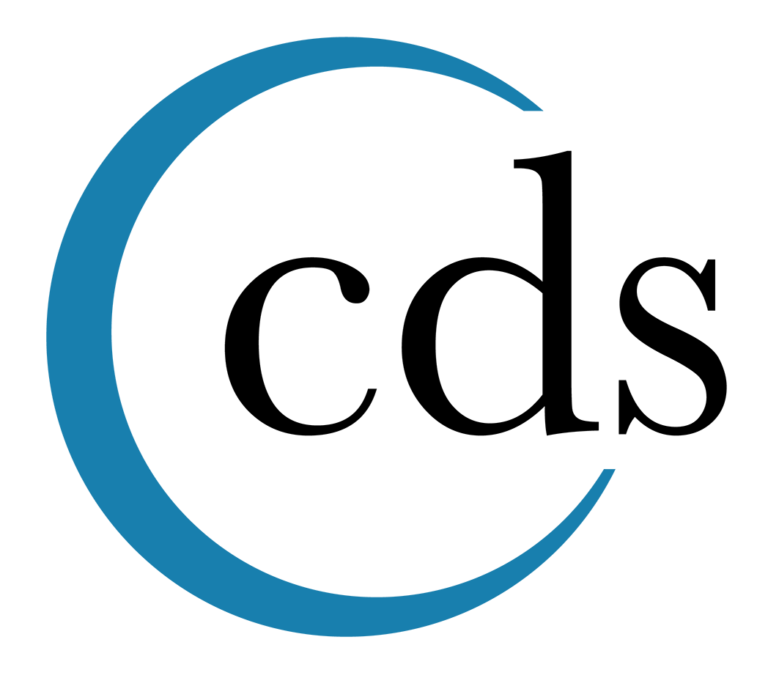Why should I audio describe this particular piece of visual media?
If you have sight, try closing your eyes and experiencing that media source without the support of vision. What is lost when you can’t see it? If you think there is a loss, then consider how acoustic media could fill that gap, through audio description. Audio description could be offered in any situation about any media source through our UniDescription web tool and the mobile apps it produces. Many of the visually oriented media pieces embedded in our environments are inaccessible to those with visual impairments, including public artwork, architecture, fashion, street signs, bulletin-board material, etc. The paper brochures handed out at National Parks are just one example, but they symbolize the typical visual skew of public communication channels. Despite their compact sizes, they also are no small matter in terms of public outreach. More than 24 million brochures were printed and distributed at more than 200 park sites across the country in 2013. Our hope, through the UniDescription project, is to start with the audio description of the brochures and see where else this accessibility idea can take us.
